By Doug Messier
February 11, 2023
SpaceTech Briefs: NASA Looks to Open Suborbital Flights to Researchers, Selects TechFlights Proposals & Deep Space Food Finalists, Publishes Spinoff Report
NASA Looks to Open Suborbital Flights to Researchers
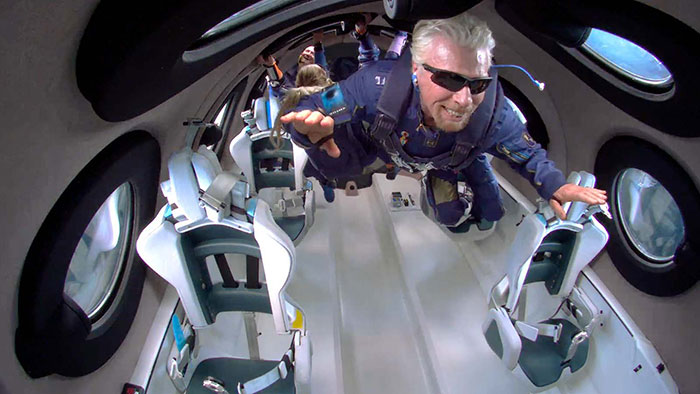
While NASA has been happy to provide funding for microgravity experiments and technology demonstrations on suborbital flights by Blue Origin and Virgin Galactic, it has drawn the line at funding its own personnel to fly along with their payloads. That could soon change, however.
NASA’s Armstrong Flight Research Center is seeking review and comment on the draft of its Suborbital/Hosted Orbital Flight and Payload Integration Services 4 solicitation. The new solicitation will replace contracts for existing services and seeks to add new capabilities – including flying NASA researchers on suborbital flights and hosting payloads in orbit – to allow a broader range of commercial companies to participate.
The purpose of this solicitation is to acquire space on commercial flights for space technology payloads. The objective is to fly these payloads aboard platforms that fly at high altitudes, offer reduced gravity, or provide other relevant environments required to test the technologies. Contractors may provide space for NASA personnel to fly as researchers aboard those suborbital platforms capable of supporting human flight.
NASA Selects Proposals for Tech Flights
NASA has selected nine space technologies for flight testing to advance innovations needed by the agency and the commercial space industry.
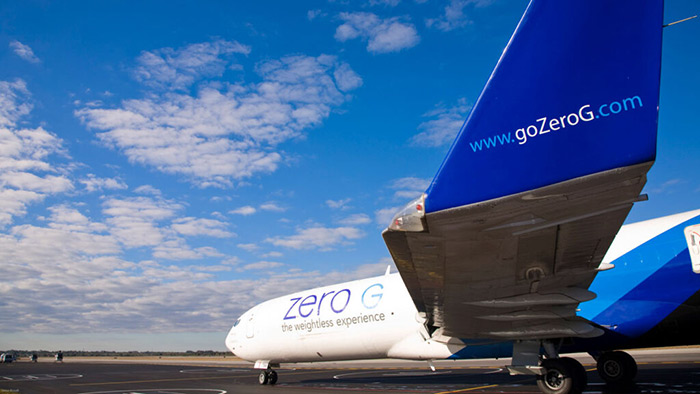
G-FORCE-ONE aircraft (Credit: Zero Gravity Corp.)
ZERO-G G-Force One Aircraft
Parabolic Flight
Creare
Hanover, NH
A test of technology to support the refueling of satellites in space.
Giner
Newton, Mass.
A fuel cell energy storage system designed as a potential power supply for future spacecraft or lunar surface operations.
Paragon Space Development Corporation
Tucson, Ariz.
A device for capturing and separating liquid condensation from cabin air to support spacecraft temperature and humidity control.
Purdue University
West Lafayette, Ind.
An experiment to analyze heat transfer in cryogenic propellant storage for use in modeling and designing future propellant transfer and management systems.
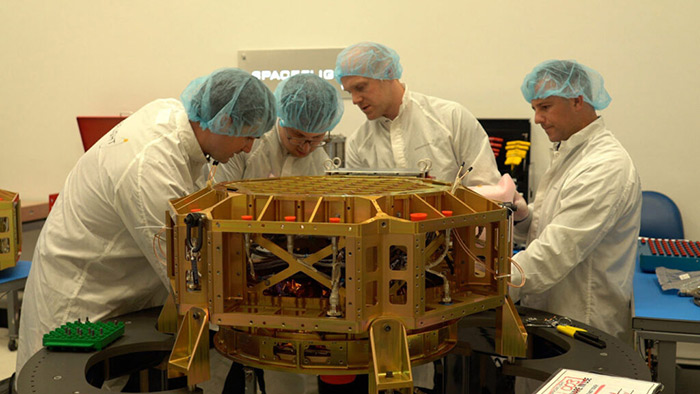
Spaceflight Inc. Sherpa
Orbital Transfer Vehicle
Rhea Space Activity
Washington, DC
A guidance and navigation technology for small spacecraft to demonstrate its capabilities for autonomous orbit determination in cislunar space.
Blue Origin’s New Shepard
Suborbital Flight
Johns Hopkins University Applied Physics Lab
Laurel, Md.
A technology designed to measure the variability of electrons present between a receiver on a suborbital flight vehicle and GPS satellites in orbit to determine its capability to inform atmospheric models.
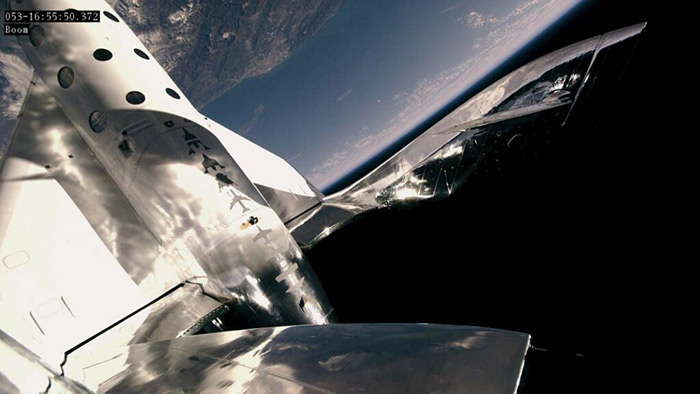
Virgin Galactic SpaceShipTwo
Suborbital Flight
University of Louisville
Louisville, Kent.
A technology to refine mechanisms for rehydrating red blood cells in a space environment. Such technology could be used to offer transfusion therapy for astronauts on long-duration space missions.
Astrobotic Xodiac Vehicle
Vertical Takeoff Vertical Landing Vehicle
San Diego State University
San Diego, Calif.
A system designed to improve spacecraft precision landing capabilities through adaptive navigation.
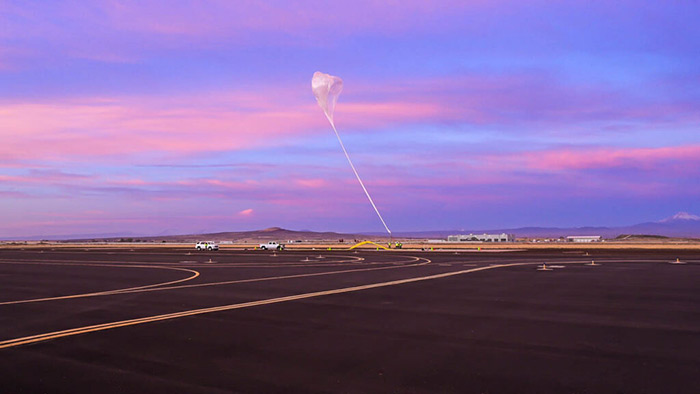
Aerostar High-altitude Balloon
Harvard University
Cambridge, Mass.
An imaging and particle detector system that aims to improve the autonomous assessment of wildfire structure and spread. The system uses aerosol measurement instruments that could have applications on other planets.
Learn more about the tech flight selections.
NASA Selects 11 Finalists for Deep Space Food Challenge
NASA has selected 11 finalists in Phase 2 of the Deep Space Food Challenge, a collaboration with the Canadian Space Agency that aims to develop food for human mission to the moon, Mars and beyond.
The following U.S. finalists will each receive $20,000:
- InFynity (Chicago, Ill.) is utilizing a fungi protein to prepare nutritious and delicious foods.
- Nolux (Riverside, Calif.) is producing plant- and fungal-based food using artificial photosynthesis.
- Mu Mycology (Hillboro, Ore.) uses a closed-loop mushroom cultivation system allowing for scalable growth of various edible mushrooms.
- Kernel Deltech USA (Cape Canaveral, Fla.) produces inactivated fungal biomass using a continuous cultivation technique.
- Interstellar Lab (Merritt Island, Fla.) produces fresh microgreens, vegetables, mushrooms, and insects to provide micronutrients for long-tern space missions.
- Far Out Foods (St. Paul, Minn.) developed a nearly closed-loop food production system called the Exo-Garden that is capable of producing a variety of mushrooms and hydroponic vegetables.
- SATED (Boulder, Colo.), or Safe Appliance, Tidy, Efficient, & Delicious, cooks a variety of well-known foods from long-shelf-life ingredients.
- Air Company (Brooklyn, NY) developed a system that captures carbon dioxide exhaled by astronauts, combined with hydrogen made with water electrolysis, to produce alcohol that is then fed to an edible yeast to make proteins, fats, and carbohydrates.
NASA and CSA jointly recognized three international finalist teams:
- Enigma of the Cosmos (Melbourne, Australia) created a food production system with an adaptive growing platform that could increase the efficiency by at least 40%.
- Solar Foods (Lappeenranta, Finland) uses gas fermentation to produce single-cell proteins.
- Mycorena (Gothenburg, Sweden) developed a circular production system utilizing a mix of microalgae and fungi, resulting in a microprotein using minimal resources while generating minimal waste.
Judges will visit Phase 2 finalists at their facilities to evaluate their technologies, foods and production processes. Up to five top scoring U.S. teams will be awarded $150,000 apiece. Up to three top scoring international teams will be recognized as Phase 2 challenge winners. NASA plans to announce winners in April.
CSA is evaluating 10 Canadian competitors to determine who will move on to the next phase. The space agency plans to choose up to four teams that will have12 months to build and demonstrate a full-scale food production technology.
NASA Publishes 2023 Spinoff Publication
NASA has published its 2023 Spinoff publication chronicling how more than 40 companies are using the space agency’s innovative work to manufacture better batteries to store green energy, improve airport ground traffic to save while cutting fuel costs, distribute ventilators around the world, heal wounds faster and improve life in other ways.
“Before it launched and gave us a new view of the universe, NASA’s James Webb Space Telescope was already improving one of the most common eye surgeries on Earth,” said NASA Associate Administrator Jim Reuter. “This is just one example of how the technology we develop for space exploration is improving the quality of life for people here on Earth.”
Other spinoffs highlighted in the report include:
- companies using satellite data to adjust to climate change and protect homeowners against wildfires, floods and other natural disasters
- a sustainable, meat-free protein alternative
- an underwater spinoff of a robotic astronaut’s arm that will be used on oil wells, off-shore wind turbines and fish farms
- a new cancer diagnostic tool informed by research on astronauts exposed to space radiation while aboard the International Space Station,
- a NASA-designed technology that helps find trapped people in the wake of disaster
- a new 3D printing modeling program that uses “digital cloning” to cut costs and speed up development of complex industrial parts
- light-therapy devices based in part on NASA-funded research.
Article courtesy of parabolicarc.com
https://parabolicarc.com/2023/02/11/spacetech-briefs-nasa-open-suborbital-flights-researchers-selects-techflights-proposals-deep-space-food-finalists-publishes-spinoff-report//
